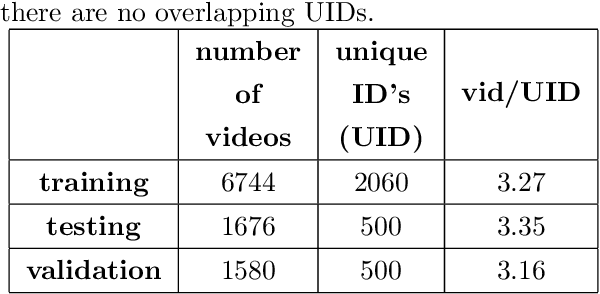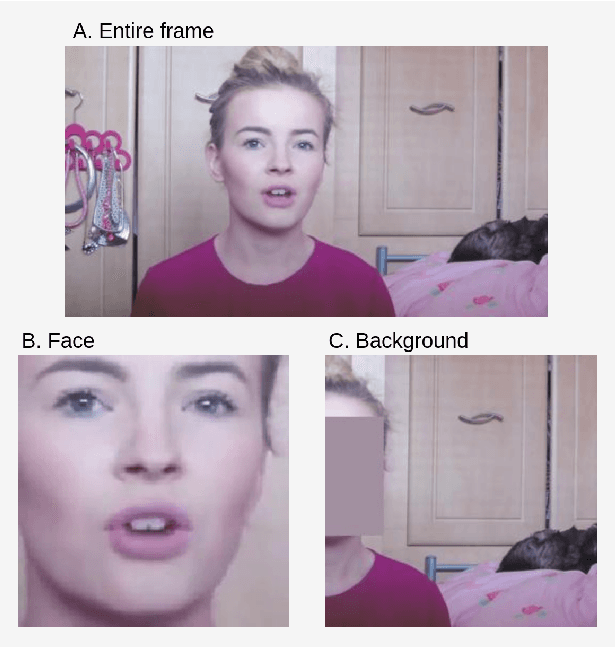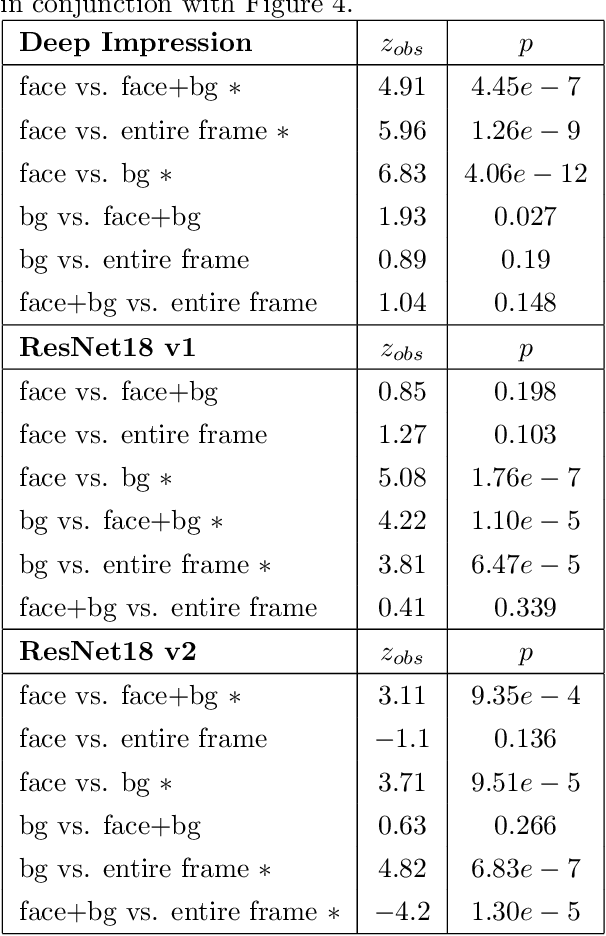Ron Dotsch
USE: Dynamic User Modeling with Stateful Sequence Models
Mar 20, 2024



Abstract:User embeddings play a crucial role in user engagement forecasting and personalized services. Recent advances in sequence modeling have sparked interest in learning user embeddings from behavioral data. Yet behavior-based user embedding learning faces the unique challenge of dynamic user modeling. As users continuously interact with the apps, user embeddings should be periodically updated to account for users' recent and long-term behavior patterns. Existing methods highly rely on stateless sequence models that lack memory of historical behavior. They have to either discard historical data and use only the most recent data or reprocess the old and new data jointly. Both cases incur substantial computational overhead. To address this limitation, we introduce User Stateful Embedding (USE). USE generates user embeddings and reflects users' evolving behaviors without the need for exhaustive reprocessing by storing previous model states and revisiting them in the future. Furthermore, we introduce a novel training objective named future W-behavior prediction to transcend the limitations of next-token prediction by forecasting a broader horizon of upcoming user behaviors. By combining it with the Same User Prediction, a contrastive learning-based objective that predicts whether different segments of behavior sequences belong to the same user, we further improve the embeddings' distinctiveness and representativeness. We conducted experiments on 8 downstream tasks using Snapchat users' behavioral logs in both static (i.e., fixed user behavior sequences) and dynamic (i.e., periodically updated user behavior sequences) settings. We demonstrate USE's superior performance over established baselines. The results underscore USE's effectiveness and efficiency in integrating historical and recent user behavior sequences into user embeddings in dynamic user modeling.
Designing and Evaluating General-Purpose User Representations Based on Behavioral Logs from a Measurement Process Perspective: A Case Study with Snapchat
Dec 19, 2023Abstract:In human-computer interaction, understanding user behaviors and tailoring systems accordingly is pivotal. To this end, general-purpose user representation learning based on behavior logs is emerging as a powerful tool in user modeling, offering adaptability to various downstream tasks such as item recommendations and ad conversion prediction, without the need to fine-tune the upstream user model. While this methodology has shown promise in contexts like search engines and e-commerce platforms, its fit for instant messaging apps, a cornerstone of modern digital communication, remains largely uncharted. These apps, with their distinct interaction patterns, data structures, and user expectations, necessitate specialized attention. We explore this user modeling approach with Snapchat data as a case study. Furthermore, we introduce a novel design and evaluation framework rooted in the principles of the Measurement Process Framework from social science research methodology. Using this new framework, we design a Transformer-based user model that can produce high-quality general-purpose user representations for instant messaging platforms like Snapchat.
Background Hardly Matters: Understanding Personality Attribution in Deep Residual Networks
Dec 20, 2019



Abstract:Perceived personality traits attributed to an individual do not have to correspond to their actual personality traits and may be determined in part by the context in which one encounters a person. These apparent traits determine, to a large extent, how other people will behave towards them. Deep neural networks are increasingly being used to perform automated personality attribution (e.g., job interviews). It is important that we understand the driving factors behind the predictions, in humans and in deep neural networks. This paper explicitly studies the effect of the image background on apparent personality prediction while addressing two important confounds present in existing literature; overlapping data splits and including facial information in the background. Surprisingly, we found no evidence that background information improves model predictions for apparent personality traits. In fact, when background is explicitly added to the input, a decrease in performance was measured across all models.
 Add to Chrome
Add to Chrome Add to Firefox
Add to Firefox Add to Edge
Add to Edge